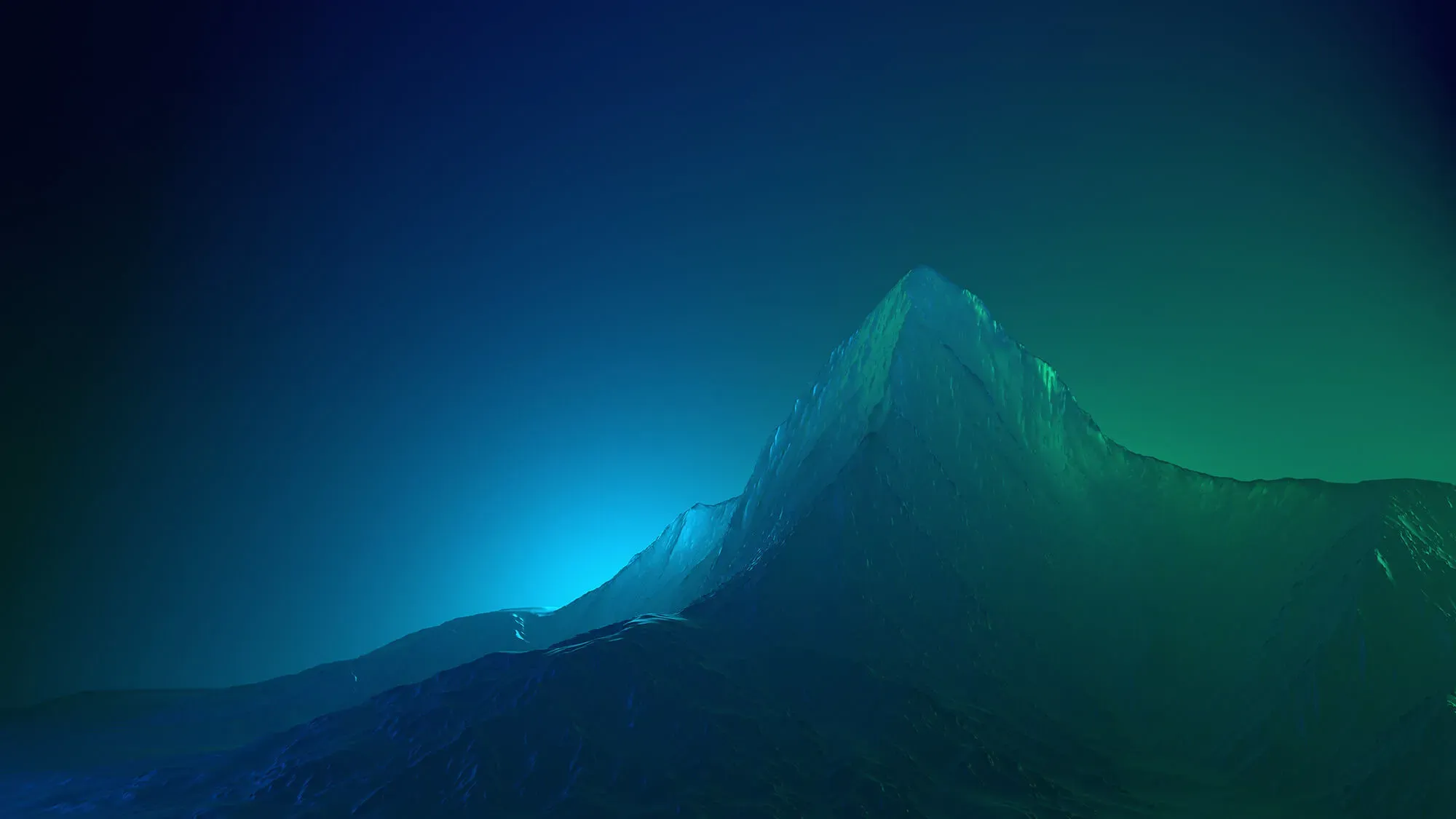Explore our Labs and Instrument Infrastructure
We are constantly acquiring new technologies for both our East and West Coast labs to remain at the forefront of the field.
Sample Preparation
Transmission Electron Microscopes
Computational Infrastructure
Technology Leadership
$
24,000,000
$
$
+
in state-of-the-art TEM Equipment
+
7,000
+
+
hours per year our on Titan Krios Microscopes
+
500
+
+
processing cores, 50 GPUs, and six petabytes of storage
+
23,000
+
+
imaging sessions per year

Cryogenic Electron Microscopy (cryo-EM)
Cryogenic Electron Microscopy (cryo-EM) is a technique that uses sophisticated Transmission Electron Microscopes (TEM) to directly visualize biological samples. It is particularly advantageous when studying challenging biological systems, such as nanoparticles used in gene and drug delivery, or macromolecular complexes in varied functional states.
In cryo-EM, researchers prepare samples through a process called vitrification, in which a sample is suspended in a very thin layer of water applied to a specialized grid. The grid is rapidly plunge frozen in an attempt to preserve the sample in its native state. A transmission electron microscope creates 2D projection images of the structures in the sample, which are captured as short movies by sophisticated cameras. In single particle analysis, by taking the average from hundreds of representations, across multiple views of the structure, data processing allows the generation of a three-dimensional model of the protein structure, called a 3D reconstruction. Recent advances in cryo-EM allow TEM systems to produce highly detailed images of nanoparticles, proteins, nucleic acids and other large structures, such as RNA-protein complexes.
Cryo-EM requires a costly and complex infrastructure, which can be a daunting barrier for many scientists seeking to access its power. NanoImaging Services unlocks the potential of the technique with our experts who perform studies for clients that leverage our knowledge as well as our comprehensive range of cutting edge microscopes, sample preparation instruments, sophisticated data processing techniques and IT infrastructure.



